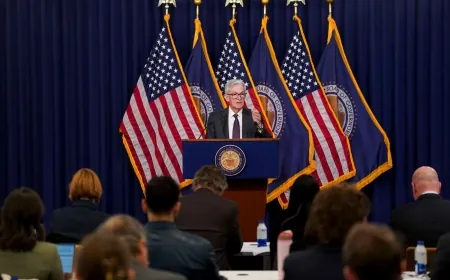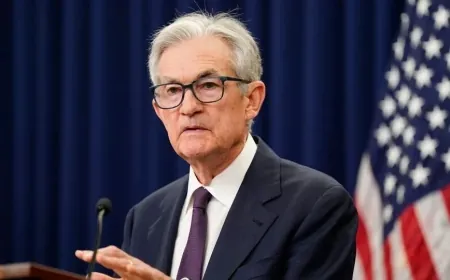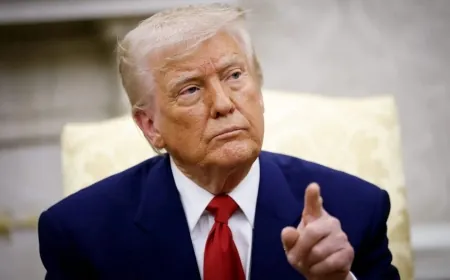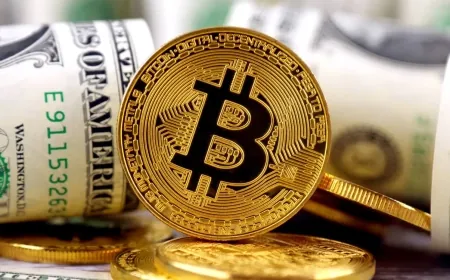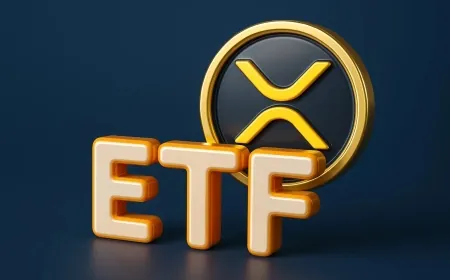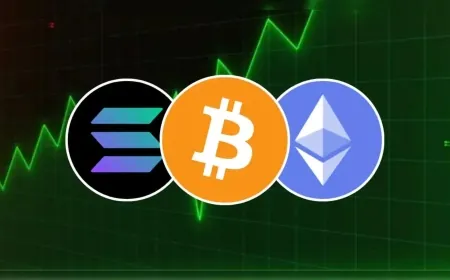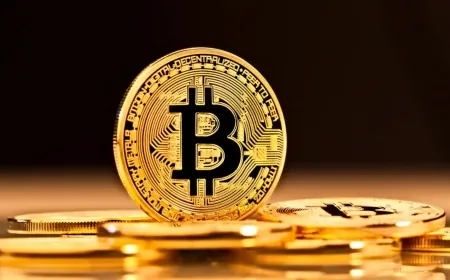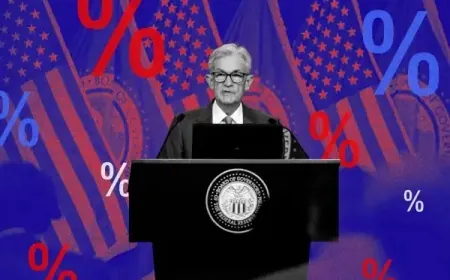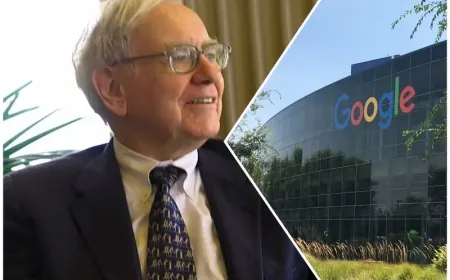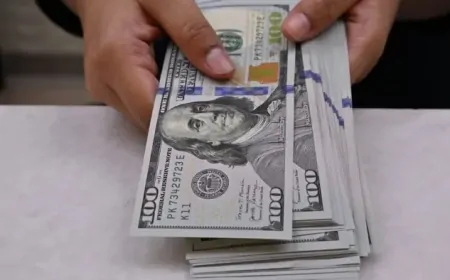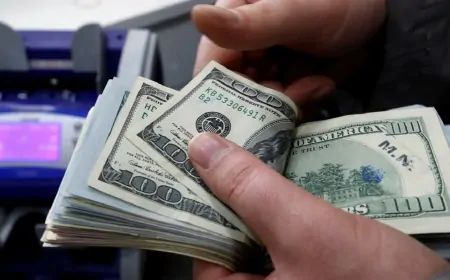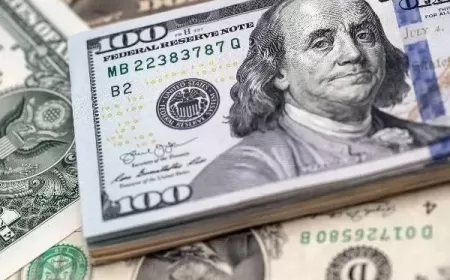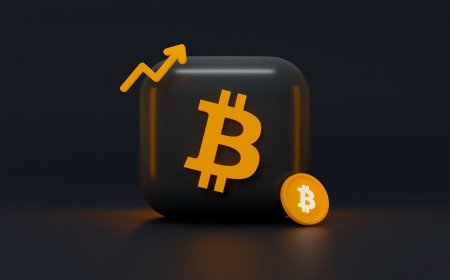US Moves to Regulate $246B Stablecoin Market Amid Record Crypto Trading Surge
Stablecoins reach $246 billion market cap as US lawmakers advance regulatory bills targeting dollar-backed coins. New rules could reshape digital payments and US Treasury demand.
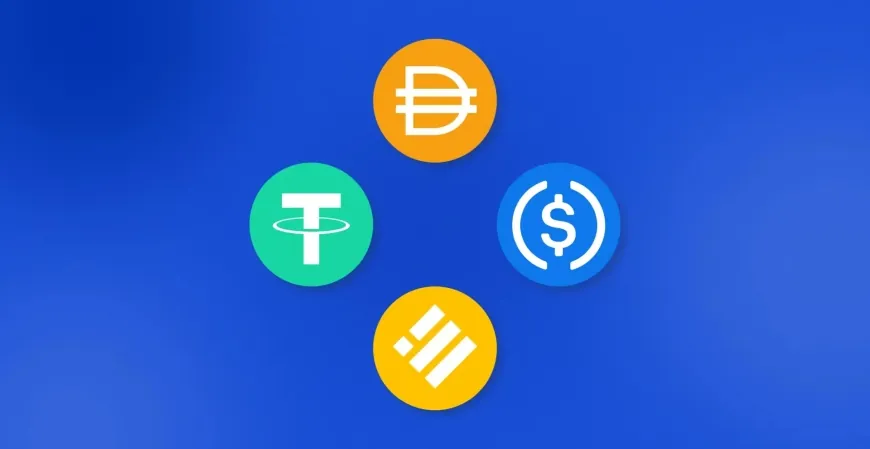
Stablecoins—digital currencies designed to maintain a steady value by pegging to traditional assets like the U.S. dollar or gold—are no longer just a niche crypto tool. They are quickly becoming a vital part of the financial world, offering a new way to store and move money in the digital age.
According to Deutsche Bank, the market capitalization of stablecoins has exploded from $20 billion in 2020 to an impressive $246 billion by May 2025. That’s more than a tenfold increase in just five years. What’s behind this surge? It’s a combination of growing trust, widespread use, and a clearer path toward regulation.
Stablecoins stand out because they combine the speed and efficiency of cryptocurrencies with the stability of traditional money. While Bitcoin and other cryptos can see huge price swings daily, stablecoins generally hold a consistent value—often one coin equals one U.S. dollar. This stability is key for everyday transactions, making them appealing to both consumers and businesses who want to avoid crypto’s wild ups and downs.
Tether (USDT) is the biggest player here, with about $150 billion in market value alone. Interestingly, Tether holds nearly $99 billion in U.S. Treasury bills, making it one of the largest holders of U.S. government debt. This shows how stablecoins are bridging traditional finance and the crypto world in a way few expected just a few years ago.
But why are lawmakers paying so much attention now? The rapid rise of stablecoins means they are becoming integral to how people trade, invest, and send money globally. The U.S. House of Representatives and Senate are pushing forward legislation—the STABLE Act and GENIUS Act, respectively—to create a clear set of rules. These bills aim to ensure that stablecoins are fully backed by real assets, are transparent about their reserves, and follow consumer protection laws to avoid risks seen in the crypto industry.
There’s still debate in Washington, though. Some Democrats are wary of the Senate bill, partly due to concerns about former President Trump’s family ties to crypto projects. But the broader goal is to bring stability and trust to a market that’s grown faster than regulation.
Stablecoins aren’t just big numbers on paper. In 2024, they moved an astonishing $28 trillion in transactions—more than the combined volume processed by Visa and Mastercard. For many people, especially in countries where the local currency is unstable or access to banks is limited, stablecoins offer a reliable digital dollar alternative. This has huge potential for financial inclusion, allowing more people to save securely, send money internationally without heavy fees, and take part in the digital economy.
Experts believe that as stablecoins gain mainstream use, demand for U.S. Treasury securities will rise too, because many stablecoins hold government bonds as reserves. This could have ripple effects on global finance, making digital currency an important piece of the economic puzzle.
In short, stablecoins are quietly reshaping how we think about money. Supported by new U.S. regulations, they promise to bring the benefits of blockchain technology—speed, transparency, low costs—to everyday finance, without the volatility that scared many away before.
For anyone watching the future of money, stablecoins aren’t just another crypto fad. They’re becoming the digital backbone of a new financial era.
Also Read: Coinbase Adds Fee-Free Access to PayPal’s PYUSD Stablecoin — Could It Challenge USDC and Tether?
